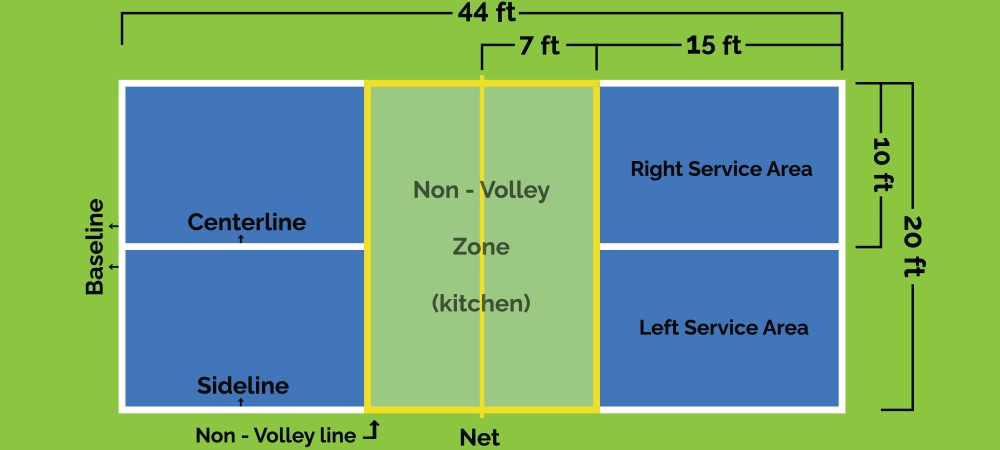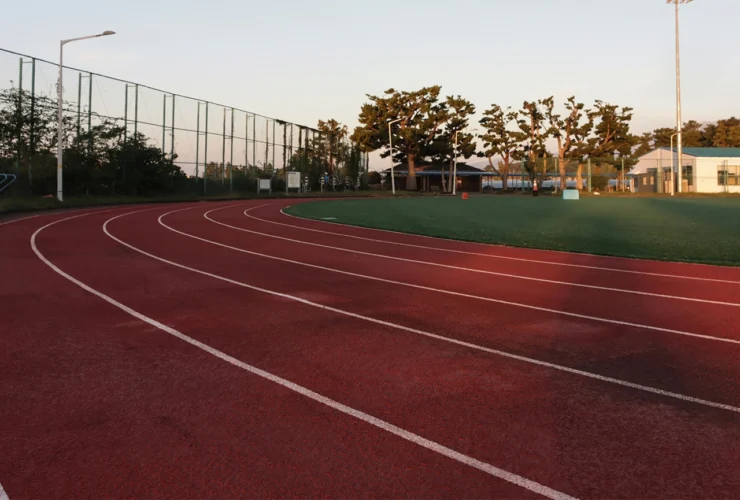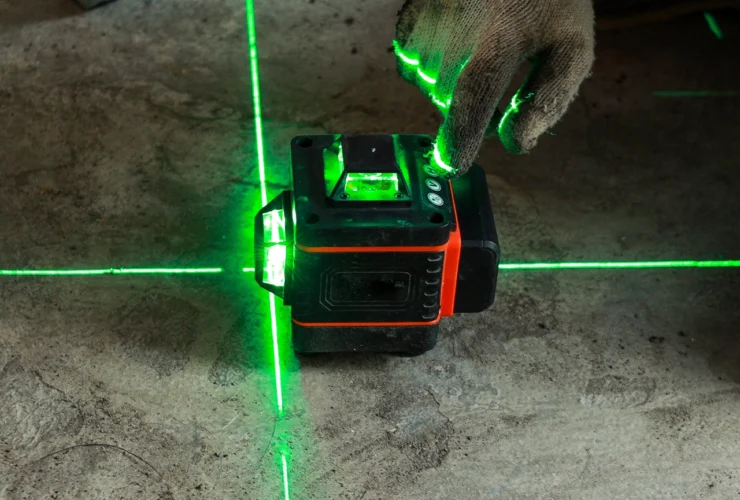How Much Does it Cost to Build a Pickleball Court?
Have you noticed a new sport taking over parks and recreation centres lately? Pickleball, a fun and fast-paced paddle sport that combines elements of badminton, tennis, and table tennis, is experiencing a surge in popularity.
Across the country, facility managers at schools, community centres, and even private clubs are scrambling to keep up with the demand for dedicated pickleball courts.
This enthusiasm isn’t limited to public spaces. Homeowners with ample backyard space are also increasingly interested in building their pickleball courts for personal use or friendly community gatherings.
Suppose you’re a facility manager considering adding pickleball courts to your offerings or a homeowner with a backyard dream court in mind. In that case, you’ve likely wondered: How much does it cost to build a pickleball court?
Let us help you understand how to create a court that perfectly meets your needs and budget and, eventually, how much you need to build the court.
Understanding the Cost Factors
The cost of building a pickleball court can vary depending on several key factors. Let’s explore some of the most important considerations:
Court Size and Location
- Standard vs. Recommended Size: A standard pickleball court measures 20 feet by 44 feet, providing the minimum playing area. However, the recommended playing area is more extensive, around 30 feet by 60 feet. This additional space allows for better movement and a more enjoyable playing experience.
- Location Impact: The location of your court can also influence the cost. Permitting requirements and excavation needs can vary depending on local regulations and the existing landscape. For example, building a court in a developed area with existing infrastructure might require less work than in a remote location with uneven terrain.

Surface Type
- Asphalt vs. Concrete: Asphalt and concrete are two popular playing surface options. Asphalt is generally the more affordable choice. However, concrete offers several advantages, including better durability, a more consistent playing surface, and lower maintenance requirements. These benefits may justify the higher upfront cost of concrete for some projects.
Site Preparation
Proper site preparation is crucial before laying the playing surface. This typically involves grading the land to ensure a level playing field, installing a drainage system to prevent water pooling, and potentially some excavation depending on the existing topography.
Related article: https://crowall.ca/the-importance-of-drainage-in-sports-surface-construction-an-in-depth-analysis/
Optional Features
While not essential, several optional features can enhance the functionality and enjoyment of your pickleball court. These include fencing and windscreens to keep the ball in play, lighting for nighttime games, seating for players and spectators, shade structures for comfort during sunny days, and storage for equipment.
Any of these features will increase the final cost of your project.
By carefully considering these factors, you can better understand the potential cost range for building your pickleball court.
Addressing Common Questions
You might have some initial questions as you explore the possibility of building a pickleball court. Let’s address a few of the most common ones:
- How many square feet is a pickleball court?
This depends on the type of court you consider:
- Standard playing area – The standard pickleball court measures 20 feet wide by 44 feet long, resulting in a playing area of 880 square feet (20ft x 44ft).
- Recommended playing area – For optimal playability and movement, the recommended court size is larger, 30 feet wide by 60 feet long. This translates to a recommended playing area of 1800 square feet (30ft x 60ft).
- What types of surfaces are used in building a pickleball court?
The two most common surface options for pickleball courts are:
- Asphalt – Asphalt is a popular choice due to its affordability. However, it can be more susceptible to cracking and require more frequent maintenance than other options.
- Concrete – Concrete offers a more consistent playing surface with superior durability. It requires less maintenance than asphalt over time, making it a potentially cost-effective choice in the long run.
- What is the cheapest way to build a pickleball court?
The absolute cheapest option for building a pickleball court would involve:
- Smaller court size – Opting for the standard 20ft x 44 ft playing area would minimize material costs.
- Basic asphalt surface – While affordable, asphalt has drawbacks.
- Minimal site preparation – This might involve working with a relatively flat and well-drained area to minimize grading and excavation needs.
While this approach might be the most budget-friendly upfront, it could compromise the quality and longevity of your court.
A smaller court size may limit gameplay, and asphalt requires more frequent resurfacing than concrete.
For a delightful playing experience and a court that lasts, considering a slightly larger size, a higher quality surface, and proper site preparation can be worthwhile investments.

Cost Considerations and the Crowall Advantage
Understanding the ballpark figure for building a pickleball court is essential for planning your project. As we’ve discussed, several factors influence the final cost, but generally, you can expect a range of $15 to $40 per square foot.
However, this is just a starting point. We offer free consultations for a more accurate estimate tailored to your needs. During this consultation, our staff will discuss your vision for the court, including size, location, desired surface type, and any optional features.
But cost isn’t the only consideration. When you choose Crowall, you’re not just building a pickleball court but investing in a high-quality, long-lasting playing surface. Here’s how our expertise translates to value:
- Precision Laser-Guided Grading: Our approach ensures a perfectly level court, leading to consistent ball bounce and optimal playability.
- Superior Materials and Construction: We use top-of-the-line materials and proven construction methods to create a durable court that can withstand years of use.
- Experience and Expertise: We have a lot of experience building pickleball courts for various locations and purposes. We can handle any challenges and ensure your project runs smoothly.
While the initial cost might be slightly higher than a bare-bones approach, the long-term benefits of a high-quality court justify the investment. You’ll enjoy a court that provides optimal playability for years, minimizing the need for maintenance and repairs.
Let’s Build Your Dream Pickleball Court!
Now, it’s time to turn your vision into reality! The dedicated team at Crowall is here to help you create a pickleball court that fosters fun, competition, and a love for the game.
Whether you’re a facility manager seeking to add pickleball to your recreation options, a school administrator introducing a new sport for your students, or a homeowner envisioning a backyard court for family gatherings, we can turn your plan into a reality.
Contact us today for a free consultation. Our experts will discuss your project requirements and provide a custom quote tailored to your needs.



